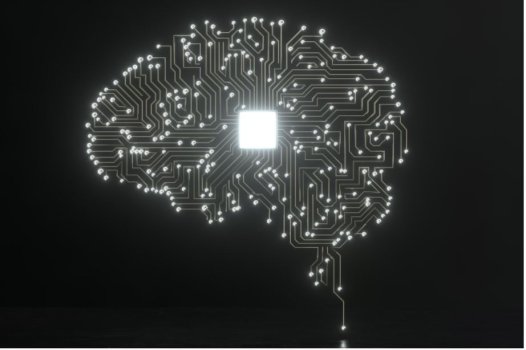Conversational AI technologies like chatbots, virtual agents and voice assistants (think Alexa and Siri) have come a long way since the 1840s when Ada Lovelace wrote the first machine algorithm. It's remarkable on so many levels, but none more impressive than the fact that she wrote what is now widely considered the first computer program before there were actual computing machines.
At the time, only an idea of such a machine existed on paper. Sketched out by Lovelace's mentor, British inventor and mathematician Charles Babbage (arguably considered the "Father of Digital Computing"), it was called the Analytical Engine — which, if and when built, would be able to perform any calculation proposed to it. Lovelace understood his vision and interpreted it, creating in the process the world's first computer algorithm — a set of instructions that tells a computer what to do with data.
While algorithms eventually became the building blocks of AI, it was famed British mathematician and World War II codebreaker Alan Turing who recognized the limitations of basic algorithms and went on to create the Turing Machine, which became the mathematical model of today's modern computers. His seminal work, however, came in 1950 in the first section ("The Imitation Game") of his published paper titled, "Computing Machinery and Intelligence," in which he posed the question: "Can machines think?" To determine whether or not a computer was capable of thinking like a human, he developed the Turing Test, a method of inquiry that proved a computer possessed AI if it could mimic human responses under specific conditions. The mantle of his work was taken up by computer scientist and MIT professor Joseph Weizenbaum, who developed Eliza in 1966, which is considered the first "chatterbox."
Continue reading: https://www.forbes.com/sites/forbestechcouncil/2022/05/10/taking-the-conversation-to-a-new-level-how-ai-can-help-businesses-transform-customer-communications/?sh=58a101db3528
At the time, only an idea of such a machine existed on paper. Sketched out by Lovelace's mentor, British inventor and mathematician Charles Babbage (arguably considered the "Father of Digital Computing"), it was called the Analytical Engine — which, if and when built, would be able to perform any calculation proposed to it. Lovelace understood his vision and interpreted it, creating in the process the world's first computer algorithm — a set of instructions that tells a computer what to do with data.
While algorithms eventually became the building blocks of AI, it was famed British mathematician and World War II codebreaker Alan Turing who recognized the limitations of basic algorithms and went on to create the Turing Machine, which became the mathematical model of today's modern computers. His seminal work, however, came in 1950 in the first section ("The Imitation Game") of his published paper titled, "Computing Machinery and Intelligence," in which he posed the question: "Can machines think?" To determine whether or not a computer was capable of thinking like a human, he developed the Turing Test, a method of inquiry that proved a computer possessed AI if it could mimic human responses under specific conditions. The mantle of his work was taken up by computer scientist and MIT professor Joseph Weizenbaum, who developed Eliza in 1966, which is considered the first "chatterbox."
Continue reading: https://www.forbes.com/sites/forbestechcouncil/2022/05/10/taking-the-conversation-to-a-new-level-how-ai-can-help-businesses-transform-customer-communications/?sh=58a101db3528

